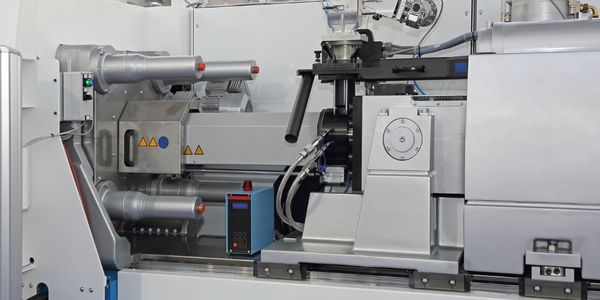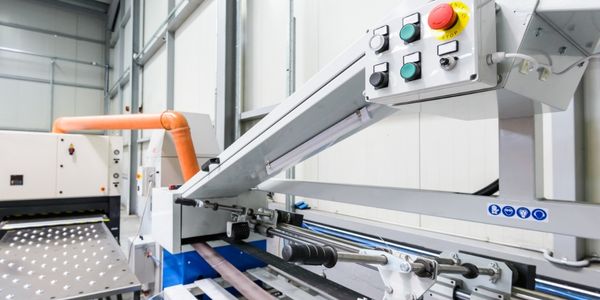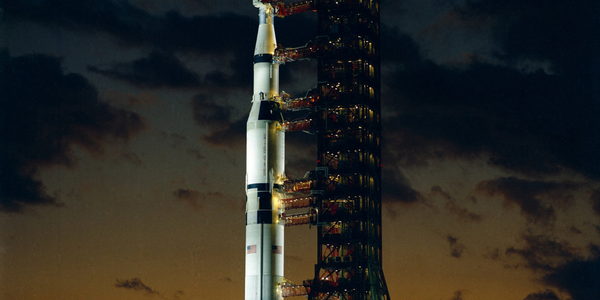适用功能
- 采购
用例
- 自动化制造系统
关于客户
Vilmers 是一家具有前瞻性思维的家具公司,致力于满足日益增长的定制需求和更快的交货时间。该公司还热衷于向工业 4.0 转型,这被认为是家具行业的未来。 Vilmers 不仅要满足当前的需求,还要为未来的增长和竞争力做好定位。该公司一直在寻找能够帮助他们保持领先地位的创新解决方案。实施力克的 Cutting Room 4.0 定制解决方案的决定证明了他们对创新和客户满意度的承诺。
挑战
Vilmers 是一家家具公司,在满足日益增长的定制需求和更快的交货时间方面面临着重大挑战。该公司还热衷于向工业 4.0 转型,这被认为是家具行业的未来。挑战不仅在于满足当前的需求,还在于为公司未来的增长和竞争力定位。该公司需要一个解决方案,不仅能帮助他们应对当前的需求,还能为成为工业 4.0 公司奠定基础。我们面临的挑战是找到一种能够与现有流程无缝集成并帮助他们顺利过渡到新工业革命的解决方案。
解决方案
为了解决 Vilmers 面临的挑战,力克提出了其创新的工业 4.0 解决方案:Cutting Room 4.0 for Made to Order。该解决方案是基于云的切割平台与单层切割解决方案的结合。它旨在提供完全集成和自动化的工作流程,这是工业 4.0 的关键特征。该解决方案预计将显着缩短周期时间,从而加快交付时间。 Cutting Room 4.0 的定制解决方案不仅能满足当前的需求,还能为 Vilmers 的未来做好准备。这是 Vilmers 成为工业 4.0 公司的第一步,预计这将为他们在家具行业提供竞争优势。
运营影响

Case Study missing?
Start adding your own!
Register with your work email and create a new case study profile for your business.
相关案例.

Case Study
Plastic Spoons Case study: Injection Moulding
In order to meet customer expectations by supplying a wide variety of packaging units, from 36 to 1000 spoons per package, a new production and packaging line needed to be built. DeSter wanted to achieve higher production capacity, lower cycle time and a high degree of operator friendliness with this new production line.

Case Study
Robot Saves Money and Time for US Custom Molding Company
Injection Technology (Itech) is a custom molder for a variety of clients that require precision plastic parts for such products as electric meter covers, dental appliance cases and spools. With 95 employees operating 23 molding machines in a 30,000 square foot plant, Itech wanted to reduce man hours and increase efficiency.

Case Study
Fully Automated Visual Inspection System
Tofflon has developed a fully automatic machine that uses light to inspect vials, medicine bottles, or infusion containers for glass fragments, aluminum particles, rubber grains, hairs, fibers, or other contaminants. It also detects damaged containers with cracks or inclusions (microscopic imperfections), automatically removing faulty or contaminated products. In order to cover all production processes for freeze-dried pharmaceuticals, Tofflon needed to create an open, consistent, and module-based automation concept.

Case Study
SAP Leonardo Enabling Rocket Science
At times, ULA has as many as 15 different operating systems dedicated to overlapping processes, such as rocket design, testing, and launch. Multiple systems created unnecessary costs and unwanted confusion among workers at offices, factories, and launch sites in different location. In order to improve collaboration and transparency during vital activities that directly influence mission success, ULA wanted to improve data sharing and streamline manufacturing processes.

Case Study
IIC Smart Manufacturing Connectivity for Brown-field Sensors
The discrete manufacturing domain is characterized by a strictly hierarchical structure of the automation systems, commonly referred to as the automation pyramid. Data acquired by a sensor typically flows through an IO-module into a Programmable Logic Controller (PLC) which manages the local real-time control system. As all process data are concentrated in the PLC, re-programming the PLC and thus, implementing interfaces to access these data appear to be the natural choice to transfer them to the IT system. However, for brownfield installations this choice has proven impracticable for the following two reasons:In brownfield facilities, PLC usually operate within a once-specified environment and are rarely re-programmed. That is why the active staff is often not familiar with the code and lacks of the competence to modify the existing implementation in a reasonable amount of time.Furthermore, for cost reasons, any PLC was selected to exactly match the requirements of the environment within which it was intended to operate. That is why it cannot be assumed that a PLC will be able to support additional tasks such as communicating data through additional interfaces.

Case Study
Human–Robot Control
Industry 4.0 is changing the way manufacturing industry operates. Increasingly more manufacturers are leveraging advanced technologies such as robotics and automation systems to improve productivity and efficiency. As a result, human–machine interfaces (HMIs) are becoming more important in their role in the digital connectedness of humans and machines. However, using the wrong HMI can lengthen development times and increase implementation costs.



